Communicating research through dance
Stockholm University of the Arts creates new ways to communicate research
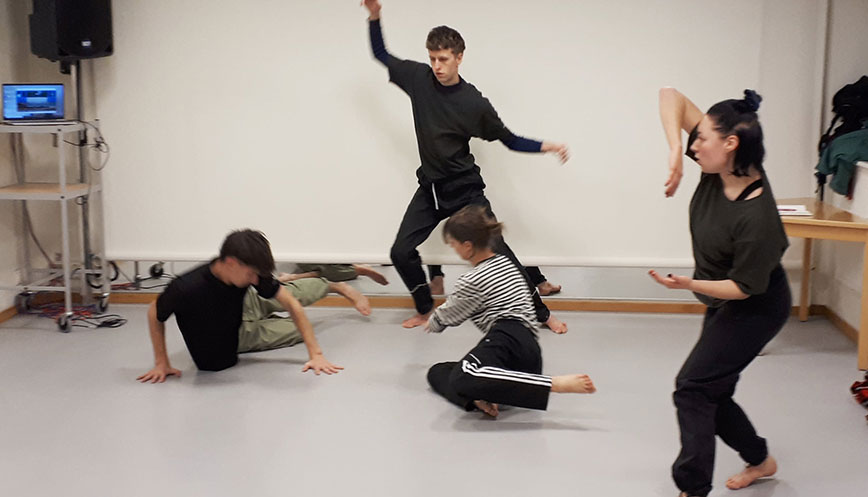
Is it possible to communicate research through the medium of dance? The answer is a resounding yes if you ask participants of the Energy Dance project recently arranged by the KTH Energy Platform and KTH Climate Action Centre.
The motto “science and art” has been part of the KTH emblem since 1827. And there are a number of examples of projects that include researchers from the natural sciences and humanities as well as the social sciences.
Among the most recent is the Energy Dance collaboration between the KTH Energy Plattform and Stockholm University of the Arts , (SKH). The initiative was the brainchild of Christophe Duwig , KTH Energy Platform deputy director and Lead Faculty member of the KTH Climate Action Centre .
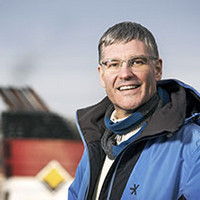
“We need a more knowledge-based debate about energy. And to share knowledge from our research, we need to reach out to more groups. SKH is used to reaching other target groups and uses different channels to the ones we usually use. So, I contacted them to find out if they were interested,” says Duwig.
“What’s more, we share the same campus, but we’d never met, which is extraordinary!”
The result was a three-and-a-half-day workshop during which energy researchers from KTH met dance students from SKH. The days included short research presentations as well as joint work shifts at the university. The group also made a study visit to the Department of Energy Technology.
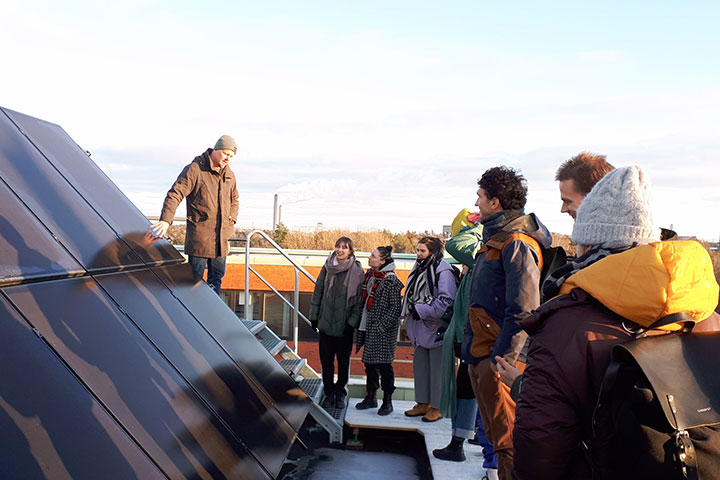
Open doors
Ellen Bergseth is a senior lecturer at the Department of Machine Design and was one of the participants.

“We open our doors to each other at KTH all too seldom. The study visit was very rewarding and inspiring even for us researchers who work in different parts of the campus on a daily basis,” says Bergseth.
Bergseth’s participation in Energy Dance was made possible through an EU project in which researchers study wear particles from various modes of transport, everything from cars to trains. One of the goals of the project is to reduce the occurrence and spread of these extremely small particles.
“It can be difficult to explain why such small particles - almost like viruses - need to be taken care of. But if we don’t, they pollute the air we breathe. They are a real health hazard.”
Something that surprised her was the dancers’ keen interest in research which led them to ask very detailed questions to increase their understanding.
“They really wanted to know everything about how the particles behave and how they move around in the body. They worked in far more structured ways than I expected. And it was very interesting to see how they listened to each other and developed dance routines together,” says Bergseth.
“Sometimes, I feel that as researchers, we’re not good listeners. Even though we depend on each other, we work very autonomously. At the same time, there’s much to be gained from more collaboration.”
Ways to broaden recruitment
Christopher Hulme , senior lecturer at the Department of Materials Science, was involved on the project’s second track: to illustrate the development of industry from the 19th century to today. He believes that there is considerable need for more ways to spread knowledge about research and research findings.
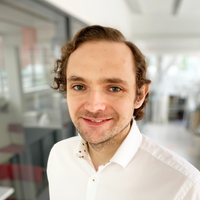
“We’re moving towards a more digitalised and electrified society that in many ways differs from what we have today. As a result, we need more people with higher education and must find ways to get more people to apply for our courses,” says Hulme.
“In addition, we need to broaden recruitment to avoid reproducing today’s often unequal labour market. My field of metallurgy, for example, there are many times more men than women. We need to be better at reaching out and using all available forms of communication.”
So, what did the dancers themselves make of the project - is it possible to convey research through dance? Brina Dokl is a student at SKH and one of the dancers who was given the task of communicating energy research.
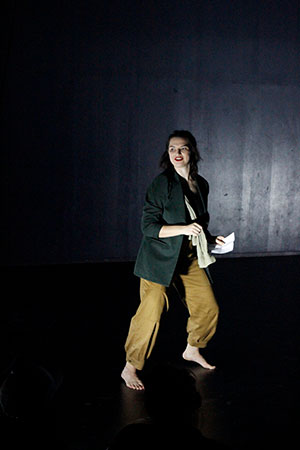
“Communicating research through dance is a beautiful way of spreading knowledge. In a way, as dancers we also do our own research, we’re busy exploring and performing experiments just in a different way, with different content. But the overall structure is a bit similar. It requires curiosity, will, desire, commitment, belief, and a willingness to make changes along the way. That’s how I at least imagine research in a scientific context,” says Dokl.
She points out that dance adds dimensions to communication that neither the written nor spoken word, nor even images, can convey.
“I think it adds empathy at an emotional level, and a certain attention to detail. It’s about getting even more focus since the movement and the message can be sometimes a bit abstract in dancing so it requires a certain decoding, deconstructing the whole performance in order to understand what we want to say. Taking it piece by piece to be able to understand what we want to communicate.”
A view backed by Bergseth who showed a film of one of the dances for international participants in the EU project.
“The room became very quiet. This triggered reflections on the research, which does not otherwise happen as we mostly talk about details and different methods. But what do we really do? It is, after all, trying to improve and maintain the amazing life that exists on this planet. The direct communication of the dance evoked a form of spirituality and solemnity,” says Bergseth.
Increased collaboration
The project is also a way to increase collaboration on campus. The departments of dance and dance pedagogy are based at Brinellvägen 58, the same premises that previously housed the Department of Energy Technology.
“Just seeing their spaces, laboratories, the ways they work already felt very inspiring. I tend to see new spaces as playgrounds. So much to explore, to learn from each other. So, we could certainly build a strong community where we share our projects, get inspired from each other, talk to each other, share our challenges and discoveries, and help each other by sharing our expertise,” says Brina Dokl.
Dancers are used to collaborations, she says, even though there was a bigger gap to bridge here. Especially as the way two groups communicated - with their own distinct terms and concepts - was a barrier.
“At first, we had no idea how this would work, but we figured it out along the way. The more we talked, the more questions we could ask, and the more we understood. We could then translate that into dancing by working together, by proposing ideas, trying things out and collaborating,” says Dokl.
“The most surprising thing was how we shared challenges. The structure of doing art or science felt similar - just with different content. We learned from each other.”
Christopher Hulme was also fascinated by how the dancers worked.
“Although their processes are totally different, there are shared areas where we work in the same way to achieve goals. There’s no doubt that we can learn from each other,” says Hulme.
Dokl believes that everyone benefits from expanding collaboration across borders, even though they can feel as though they have been set in stone sometimes.
“What if art could be partly science and science could be partly art? Or at least mix, taking something from both to make it creative, fun, exciting for more people.”
Keep a lookout for the Energy Platform’s calendar for a chance to see the Energy Dance performance.
Text: Magnus Trogen Pahlén